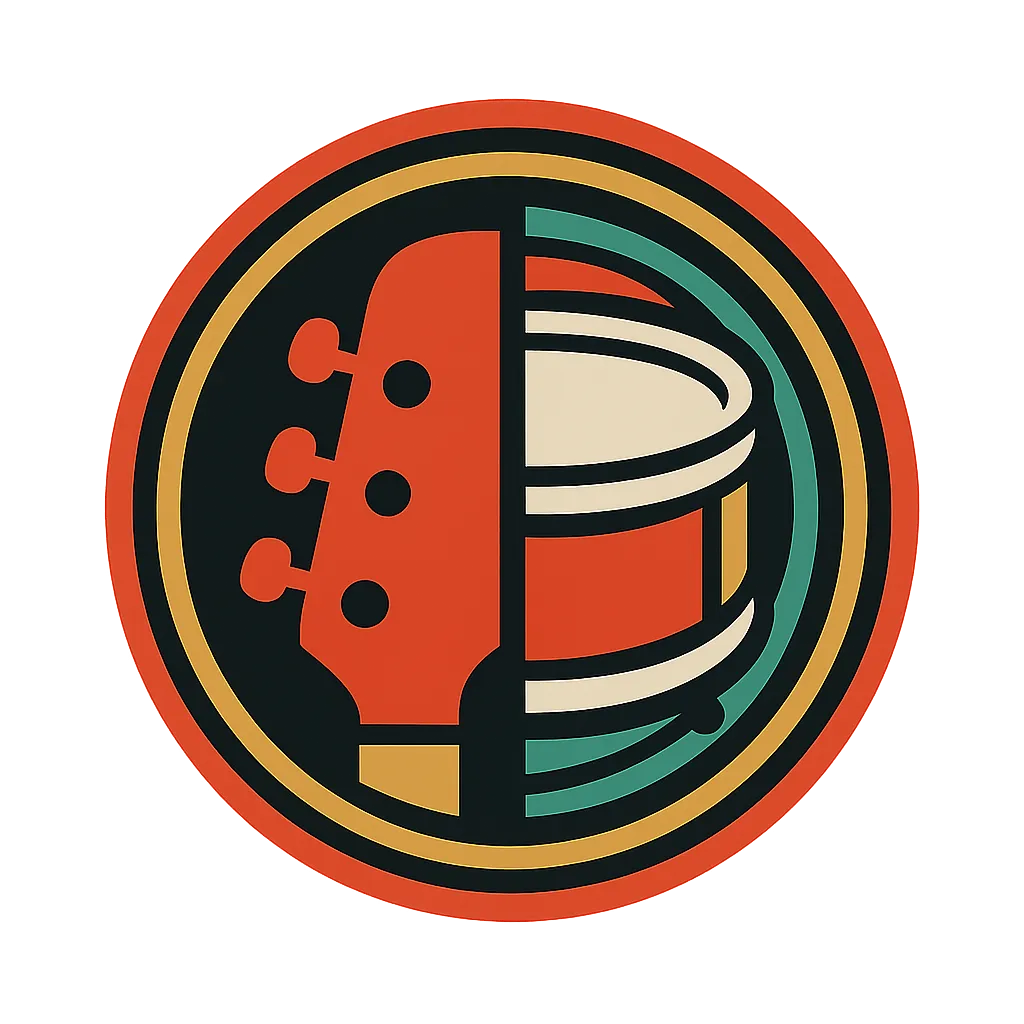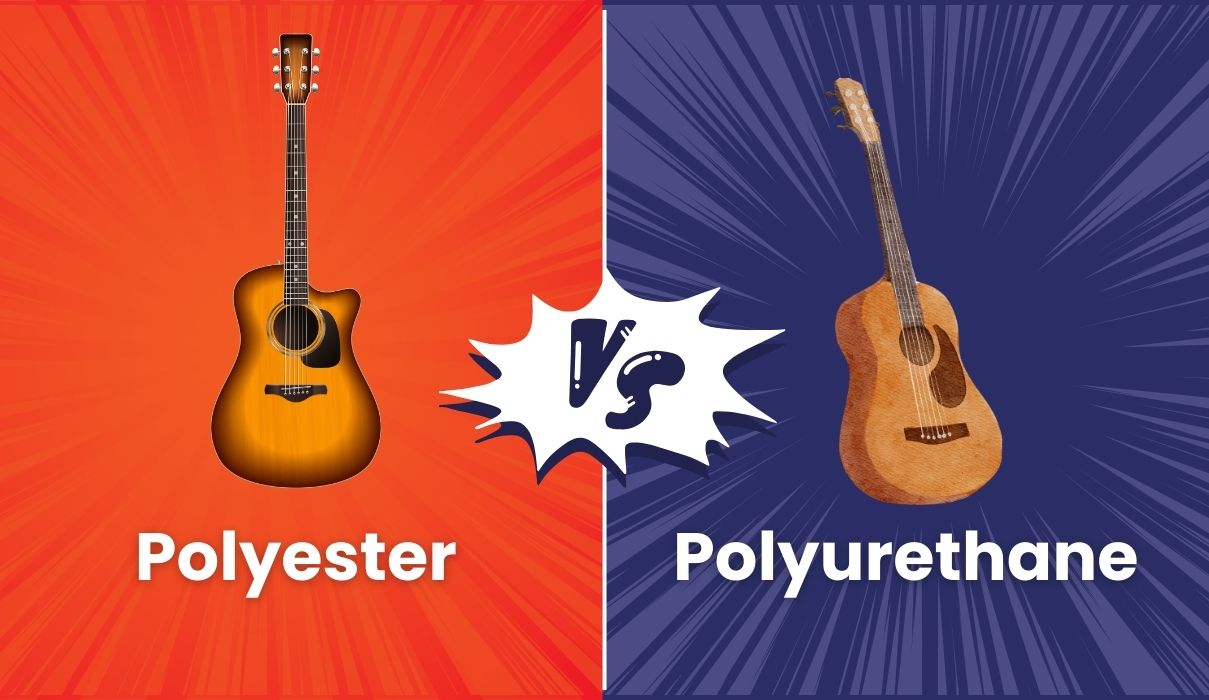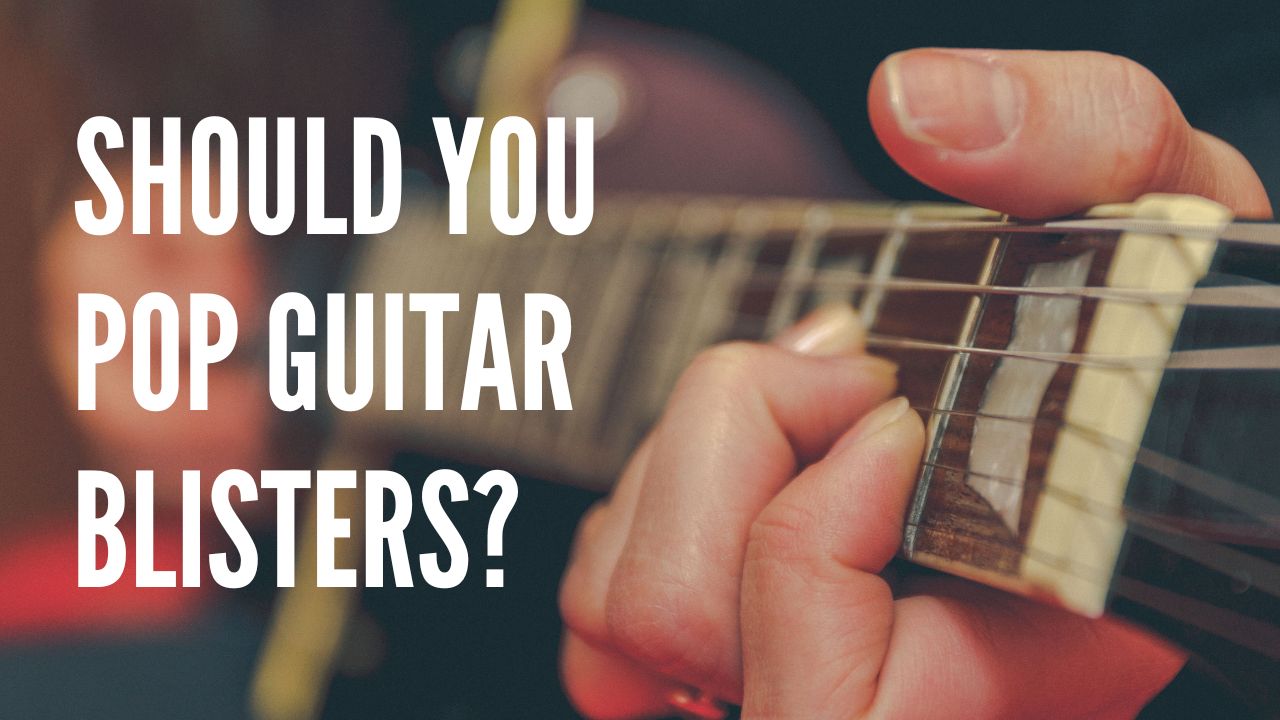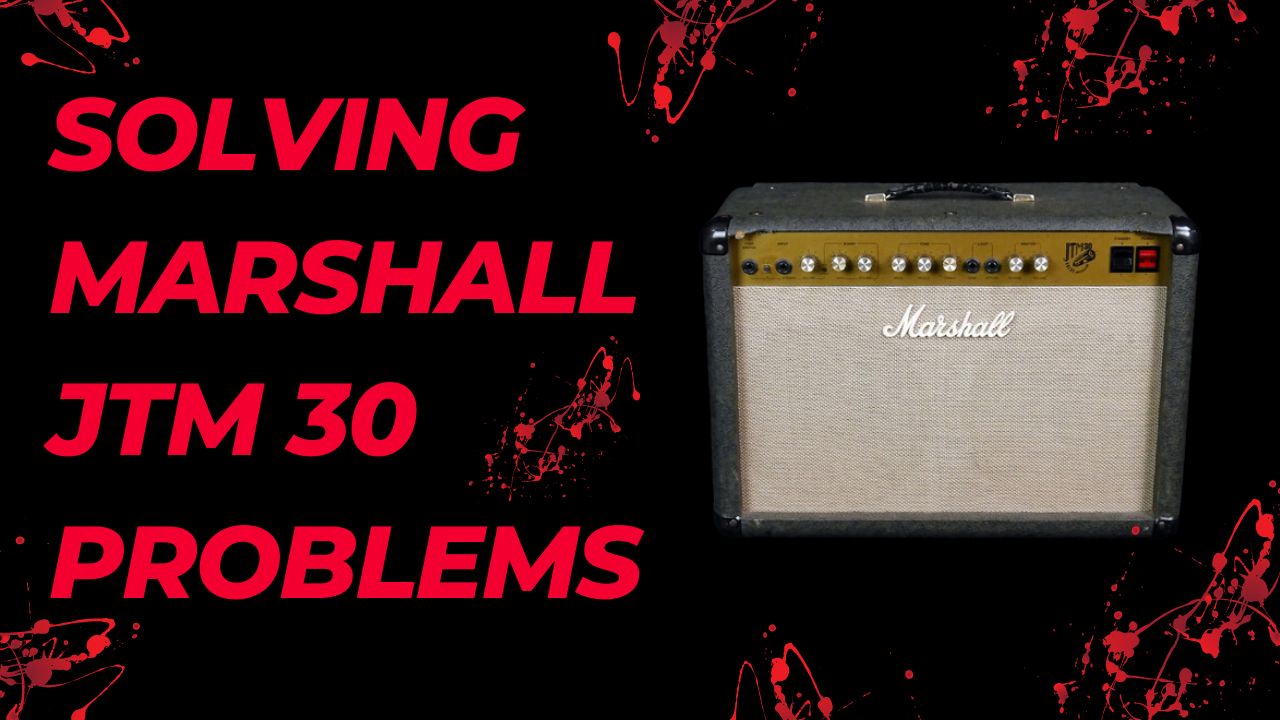· Dustin Greenfield · Guitars · 8 min read
Guitar Blister - Why It's Not a Setback, But a Sign of Progress
Every guitarist, from beginners to seasoned professionals, has experienced the discomfort of a guitar blister. These small, painful nuisances are a common side effect of playing the guitar, particularly during the initial learning phase.
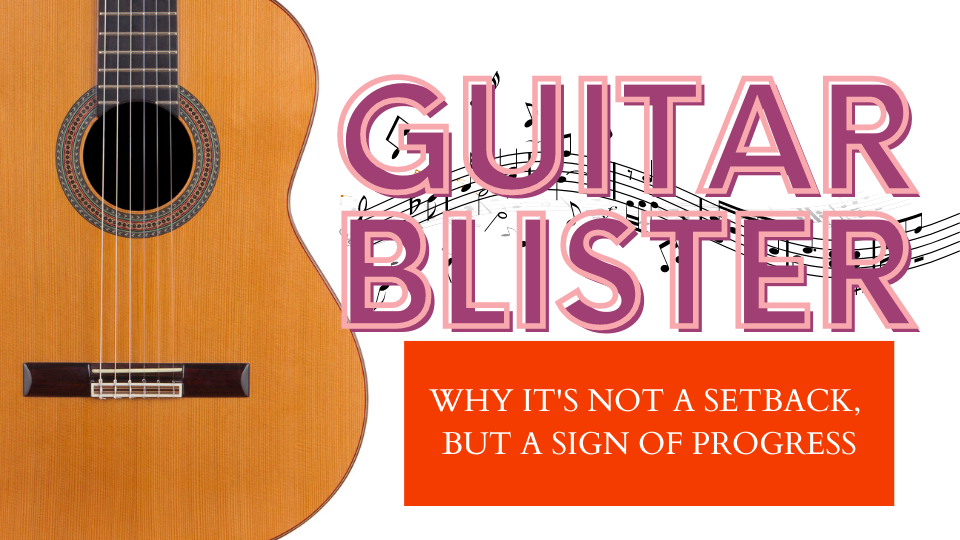
Every guitarist, from beginners to seasoned professionals, has experienced the discomfort of a guitar blister. These small, painful nuisances are a common side effect of playing the guitar, particularly during the initial learning phase.
However, contrary to what you might think, they’re not a setback. In fact, they’re a sign of progress, a testament to your dedication and hard work.
In this article, we’ll delve into the world of guitar blisters, exploring their causes, prevention methods, and treatment options.
We aim to provide you with a comprehensive guide to understanding and managing this common guitarist’s ailment.
Also read Https://Styleofpop.Com/Evans G2 Clear Vs Remo Emperor
Understanding Skin Anatomy and Blisters
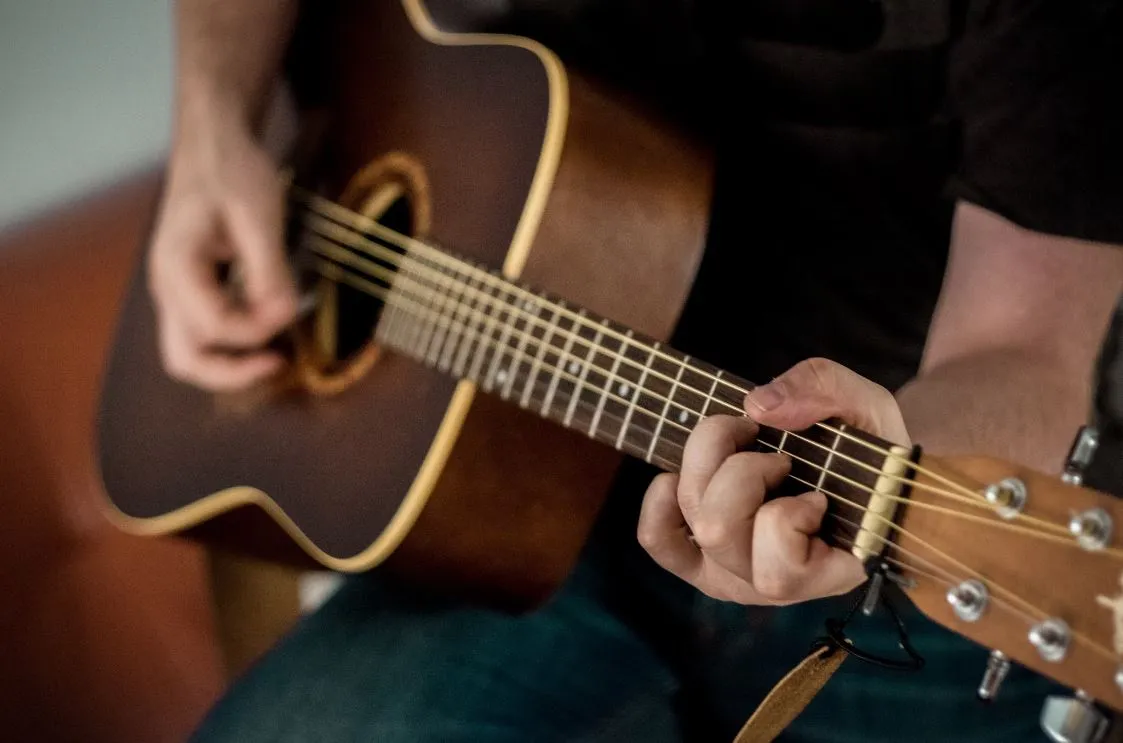
The human skin is a complex organ composed of multiple layers, each with its own function. The outermost layer, the epidermis, is the one that comes into direct contact with the guitar strings. When you play the guitar, the strings exert pressure and friction on the epidermis, causing damage to the skin cells. This damage triggers an inflammatory response, leading to the formation of a blister. A blister is essentially a small pocket of body fluid that forms as a protective response to shield the underlying tissues from further damage.
Also read Https://Styleofpop.Com/Best Strings For Epiphone Ej 200sce
The Physiological Changes in Guitarists’ Fingers
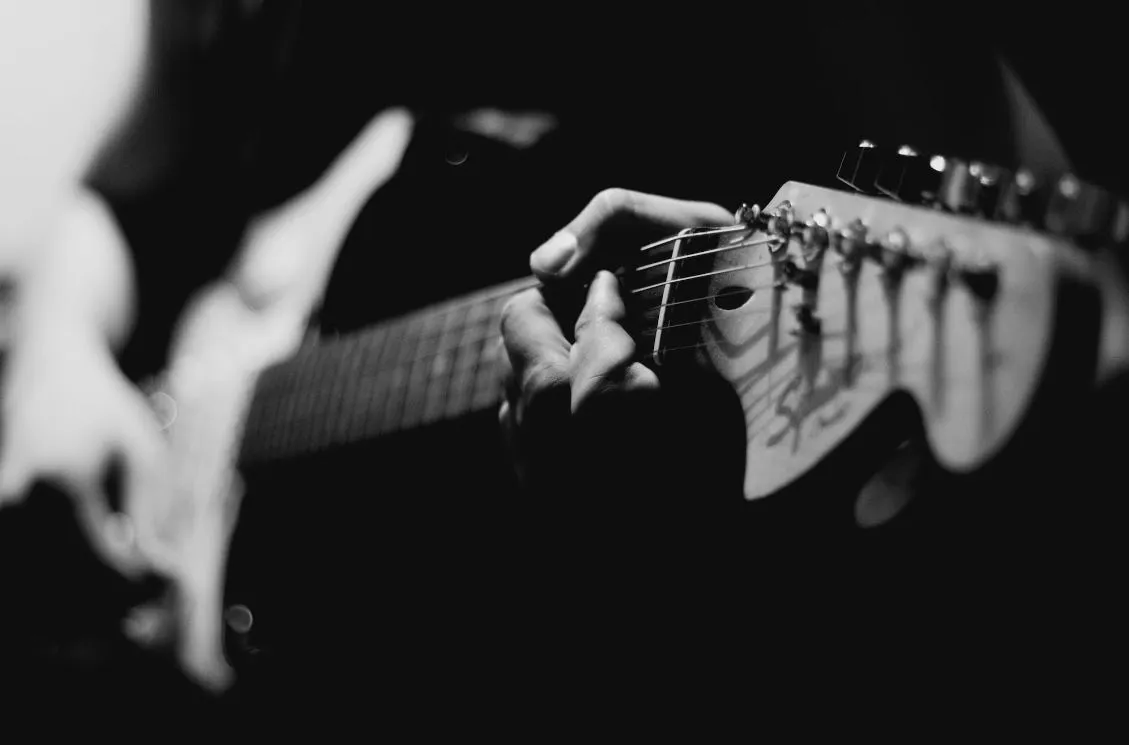
When you first start playing the guitar, your fingers are not accustomed to the constant pressure and friction from the strings. As a result, blisters form. However, with continued playing, your body begins to adapt. The repeated friction causes the skin on your fingertips to thicken and harden, forming what are known as calluses. These calluses serve as a natural protective barrier, preventing further blister formation. Over time, the calluses become more robust, allowing you to play the guitar for longer periods without discomfort or injury.
Also read Https://Styleofpop.Com/Can Drumming Cause Arthritis
Personal Stories and Case Studies
Every guitarist, from the novice strummer to the seasoned professional, has a tale to tell about guitar blisters. They’re an inevitable part of the journey, a rite of passage that signifies the dedication and hours spent honing one’s craft.
Take, for instance, the story of renowned guitarist John Mayer. He once shared an image of his blistered fingers on social media, captioning it as “the price of doing business”. This simple statement encapsulates the sentiment of many guitarists - blisters are not setbacks, but rather badges of honor, signs of progress.
Another inspiring story comes from the legendary Jimi Hendrix. It’s said that he would continue playing until his fingers bled, then tape them up and play some more. His blisters were a testament to his passion and commitment to his art.
Then there’s the tale of a beginner guitarist, Sarah. She was initially disheartened when she developed painful blisters after her first few guitar lessons. But as she continued to practice, she noticed her blisters healing and tough calluses forming in their place. She realized that the blisters were just a temporary discomfort on her path to becoming a proficient guitarist.
These stories serve as a reminder that guitar blisters, while uncomfortable, are a normal part of the learning process. They symbolize the effort and dedication that goes into mastering the guitar, and eventually give way to calluses that make playing easier and more comfortable.
Also read Https://Styleofpop.Com/Martin 000 18 Vs 000 28
Expert Opinions and Interviews
Insights from Dermatologists
When it comes to dealing with guitar blisters, dermatologists have a wealth of knowledge to share. They emphasize that the skin on our fingertips is naturally soft and sensitive, making it susceptible to the friction caused by guitar strings. This friction can lead to the formation of blisters, which are essentially small pockets of body fluid that form as a protective response to injury or pressure.
Dermatologists recommend taking preventative measures to reduce the likelihood of blister formation. This includes keeping the skin on your fingertips moisturized and healthy, as dry skin is more prone to blistering. They also advise against popping any blisters that do form, as this can lead to infection and delay the healing process. Instead, they suggest covering the blister with a bandage and allowing it to heal naturally.
Tips from Professional Guitarists and Teachers
Professional guitarists and teachers echo the advice of dermatologists, adding their own unique insights from years of experience. They stress the importance of proper technique in preventing guitar blisters. This includes using the correct amount of pressure when pressing down on the strings and ensuring your fingers are positioned correctly on the fretboard.
Many guitarists also recommend gradually increasing your practice time, allowing your fingers to slowly build up resistance to the friction of the strings. They also suggest taking regular breaks during practice sessions to give your fingers a chance to rest and recover.
Finally, guitar teachers often advise their students to view blisters as a sign of progress. They are a sign that you are practicing regularly and working hard to improve your skills. Over time, these blisters will turn into calluses, providing a natural barrier against the friction of the strings.
Also read Https://Styleofpop.Com/Post Hardcore Vs Metalcore
Comprehensive Guide to Preventing and Treating Guitar Blisters
Prevention Tips
Playing the guitar is a rewarding experience, but it can sometimes lead to the formation of painful blisters. However, with the right approach, you can prevent these nuisances. The first step is to ensure proper finger placement on the guitar strings. Your fingers should press the strings just hard enough to create a clear sound, but not so hard that it causes undue pressure on your fingertips.
Another crucial aspect is maintaining a relaxed grip on the guitar neck. A tense grip can lead to excessive pressure on the strings, increasing the likelihood of blisters. Regular breaks during practice sessions can also help prevent blisters. These breaks give your skin time to recover and reduce the continuous friction that leads to blister formation.
Treatment Tips
If you’ve developed a guitar blister, don’t panic. It’s a common occurrence among guitarists, especially beginners. The key is to treat it properly to prevent further discomfort and potential infection.
First, clean the blister and the surrounding area with warm water and mild soap. Avoid popping the blister as it can lead to an open wound and increase the risk of infection. Instead, cover it with a sterile bandage to protect it from further friction and to speed up the healing process.
Using a specialized cream or ointment can also aid in healing. Look for products that contain ingredients like aloe vera or vitamin E, which can soothe the skin and promote healing. Remember, the ultimate goal is to allow the blister to heal naturally and to develop into a callus, which will make future guitar playing more comfortable.
Also read Https://Styleofpop.Com/About Us
Product Recommendations for Guitar Blisters
When it comes to dealing with guitar blisters, the right products can make a significant difference. Here are some recommendations that can help soothe your fingers and speed up the healing process.
Hand Creams
Hand creams are essential for guitarists, especially those dealing with blisters. They help to moisturize the skin, reduce inflammation, and promote healing. One such product is the O’Keeffe’s Working Hands Hand Cream. This cream is a favorite among guitarists because it’s non-greasy, hypoallergenic, and designed to heal, relieve, and repair extremely dry, cracked hands. It creates a protective layer on the skin’s surface that instantly boosts moisture levels and helps prevent further moisture loss.
Bandages
Bandages are another crucial product for treating guitar blisters. They protect the blister from further friction and help prevent infection. Nexcare Waterproof Clear Bandages are an excellent choice. They’re waterproof, which means they stay on during hand washing, and they’re clear, so they’re discreet. These bandages also have a 360-degree seal that helps block out dirt and germs.
Blister Treatment Products
For those times when a blister does form, having a specialized blister treatment product on hand can be a lifesaver. Compeed Blister Plasters are designed to treat blisters. They provide instant pain relief, protect against rubbing, and create an optimal healing environment.
Remember, the key to dealing with guitar blisters is prevention and proper care. These products can help you on your journey to becoming a better guitarist, turning blisters into badges of progress rather than setbacks.
Also read Https://Styleofpop.Com/What Happened To Agile Guitars
Frequently Asked Questions About Guitar Blisters
Can I still play the guitar if I have blisters?
While it’s possible to play with blisters, it’s not recommended. Continuing to play can exacerbate the blister, potentially leading to a painful wound that takes longer to heal. It’s best to give your fingers a break and allow the blister to heal naturally.
How long does it take for blisters to turn into calluses?
The transformation from blisters to calluses varies from person to person. Generally, with regular practice and proper care, blisters can start to harden into calluses within a few weeks. Remember, calluses are a natural protective response and a sign of progress in your guitar journey.
Also read Https://Styleofpop.Com/Guitar Picking Shoulder Pain
Conclusion
Guitar blisters, while uncomfortable, are a normal part of learning to play the guitar. They’re not setbacks, but rather stepping stones on your path to becoming a proficient guitarist. By understanding how to prevent and treat these blisters, and by viewing them as signs of progress rather than obstacles, you can continue to enjoy your guitar playing journey.
